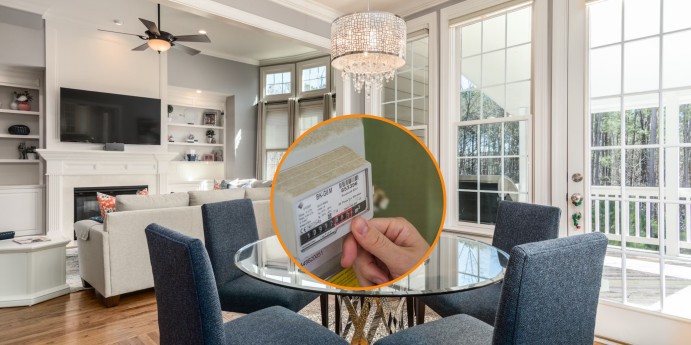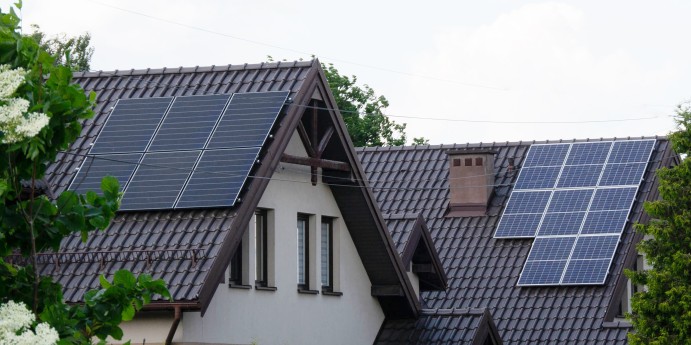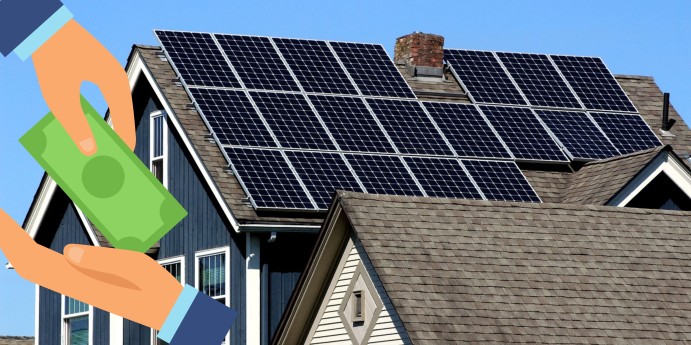Introduction
Have you ever wondered how your energy bill is calculated? It all comes down to grasping a few concepts; watts, kilowatts and kilowatt hours (kWh). Knowing these terms can empower you to manage your energy usage and minimize your electricity bill. Lets dive into it together.
What are Watts (W)?
Watts indicate the rate of power consumed by your appliance at a moment. Picture it like water flowing through a pipe. Watts translate to electricity used instantly. For instance a standard light bulb might consume 60W. As with the water flow analogy higher watts signify power being utilized at that instant.
What are Kilowatts (kW)
Kilowatts are simply a measurement of power compared to watts. One kilowatt equals 1,000 watts, to how a dozen eggs greater, than individual eggs. For instance your air conditioner might operate at 2 kW. This larger unit simplifies handling numbers when discussing energy consumption.
Decoding Watt-hours (Wh)
Watt hours combine watts (power usage) with time (duration) to show the energy consumed.
It’s similar, to figuring out how much water flowed by multiplying the flow rate (watts) by the time the tap was left open (hours). Though not commonly shown on bills it comes in handy for calculations. For example if a 60W light bulb is on for 2 hours it consumes 120 Wh (0.12 kWh).
The Importance of Kilowatt-hours (kWh)
Kilowatt hours take the spotlight in our tale! This measurement unit is what your energy bill relies on. A single kWh represents 1 kW used for an hour. So if your 2 kW air conditioner operates for 3 hours it uses 2 kW * 3 hours = 6 kWh of energy. The utility company utilizes meters to keep track of the kWh consumed in your residence.
Monitoring Your Homes Energy Usage
Your utility provider installs a meter that records the KWh consumption in your home. This meter essentially gauges the electricity flow over time. By checking this meter you can assess how much energy your household is using and anticipate the associated charges.
How to calculate the usage of Appliance?
Wondering how to monitor the energy consumption of your appliances? Here’s how:
Step 1: Identify the appliances wattage: Locate a label, on the appliance itself or refer to the manufacturer’s website.
Step 2: Estimate usage duration:
Keep track of how much time you spend using the device each day.
Step 3: Calculate the amount of electricity used per day by multiplying the wattage by the number of hours it is used. For instance if you use a 60W light bulb for 2 hours every day the calculation would be 60W * 2h = 120 Wh (0.12 kWh).
Calculation, for Daily Electricity Usage
To simplify things here’s the formula:
Daily electricity usage = Wattage (W) × Hours used per day. So if you have a space heater that consumes 1500W and is used for 3 hours daily the calculation would be 1500W × 3h = 4500. Equivalent to 4.5 kWh per day.
Yearly Appliance Usage and Expenditure
Next convert usage to consumption by multiplying the daily kWh by 365 (number of days in a year). Then to determine the cost multiply the kWh by the price, per kWh.
Here's a practical example:
Daily electricity usage: A 1500W space heater running for 3 hours equals 4.5 kWh.
Annual electricity usage: 4.5 kWh/day x 365 days = 1,642.5 kWh/year.
Cost, per unit of electricity: Assuming $0.15 per kWh ( rate).
Annual expenditure: 1,642.5 kWh x $0.15/kWh = $246.38.
Factors Impacting Energy Usage
Various factors influence the energy consumption of your appliances, such as:
- Efficiency: Modern, energy efficient appliances consume lesser power.
- Usage Patterns: Longer periods of use lead to increased consumption.
How to save energy at Home?
Knowing about kilowatt hours (kWh). How appliances utilize energy can transform you into an energy saving champion! Here are some suggestions:
- Replace incandescent bulbs with LEDs: They use significantly less energy.
- Unplug unused electronics: This avoids “phantom power drain”.
- Wash clothes with cold water: Saves energy used for heating water.
- Air-dry clothes: Especially effective in sunny weather.
- Adjust your thermostat: Lower it in winter and raise it in summer.
Efficient Lighting Options
- Shifting to LED bulbs stands out as one of the ways to conserve energy.
- Switching to LEDs can help you save an amount of energy as they consume 75% less energy, than traditional incandescent bulbs and last much longer. Making this simple change in your lighting can lead to reductions in your energy consumption.
How to reduce power drain?
To tackle power drain, that occurs when electronic appliances consume power even when turned off, consider unplugging devices when not in use or using power strips to easily switch off multiple devices simultaneously.
Energy-efficient Laundry Practices
When it comes to washing clothes, using cold water can ensure to save energy since most of the energy used by washing machines goes into heating water.
Additionally, opting for air drying over using a dryer can further decrease your energy usage.
Temperature Control Strategies
- Adjusting your thermostat can result in substantial savings.
- Winter: Lower the thermostat to save on heating costs.
- Example: In New York, setting the thermostat a few degrees lower can significantly reduce heating expenses.
- Summer: Raise the thermostat to save on cooling expenses.
- Example: In New Jersey, increasing the temperature slightly can help cut down on cooling costs.
- Winter: Lower the thermostat to save on heating costs.
- Smart Thermostats:
- Automatically adapt the temperature to match your daily routines.
- Provide greater efficiency and comfort.
- Popular in Connecticut homes for optimizing energy use.
Solar Energy as a Sustainable Alternative
- Switching to Solar Power:
- Solar panels convert sunlight into electricity.
- Decrease dependence on the grid and reduce energy expenses.
- Benefits by Region:
- New York:
- Sunny areas allow significant cuts in energy costs with solar installations.
- New Jersey:
- State incentives and rebates make the initial investment more affordable.
- Connecticut:
- High electricity rates make the long-term savings and environmental benefits of solar power especially compelling.
- New York:
Conclusion
- Understanding your energy bill and the concepts of watts, kilowatts, and kilowatt-hours can empower you to make smarter choices and save money.
- Energy-Saving Tips:
- Switch to LED bulbs.
- Unplug unused electronics.
- Consider solar power.
- Regional Benefits:
- New York, New Jersey, and Connecticut residents can manage their energy consumption more effectively by implementing these strategies.
- Become a champion for both your wallet and the environment!
Ready to switch to solar energy? Contact the experts of SunLife today to schedule your FREE consultation with our expert. Let’s light up your home with sustainable energy!
Call us at +1 8334786669 or visit SunLife Solar to book your consultation now.
FAQs
Q:How can I reduce my electricity bill?
Ans: Make the switch to energy efficient devices, use LED lights, disconnect devices those are not in use and adjust your thermostat.
Q: What distinguishes watts from kilowatts?
Ans: Watts represent a unit of power, whereas a kilowatt being equivalent to 1,000 watts, indicating a larger unit of power.
Q: How do I determine the energy consumption of my appliance?
Ans: Identify the wattage of the appliance and estimate its usage duration. Multiply these values to calculate the daily kWh consumption.
Q: Do LED bulbs offer efficiency?
Ans: Indeed they consume 75% lesser energy and have a significantly longer lifespan compared to incandescent bulbs.
Q: What are some simple strategies for conserving energy at home?
Ans: An one word answer would be ‘Go Solar’, to cut down on your monthly electricity bill and store more energy using battery storage facilities, that comes with the entire home solar power system.
 833-478-6669
833-478-6669


